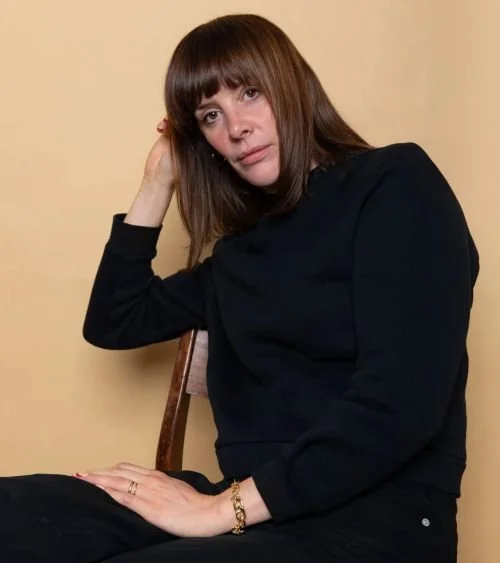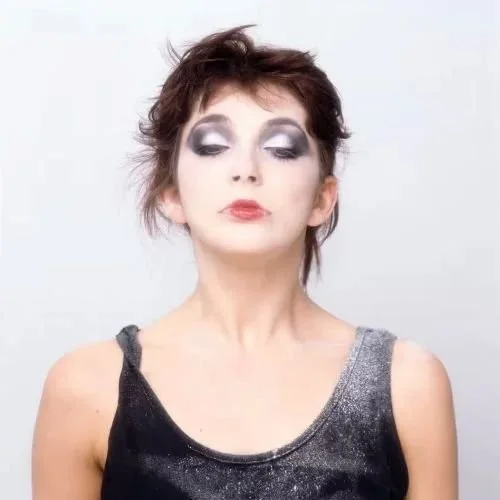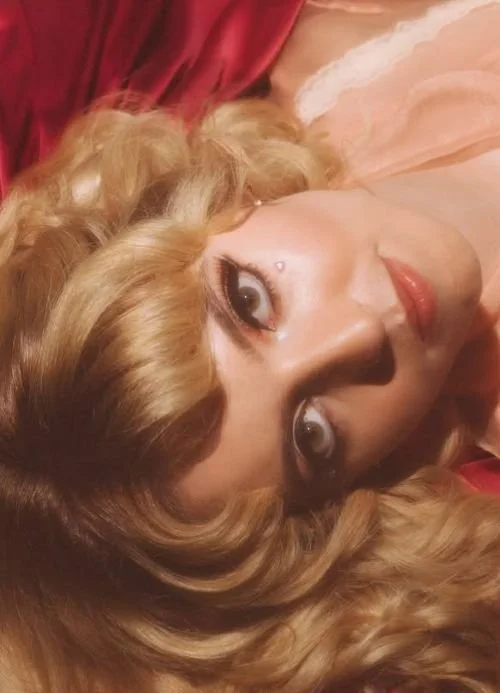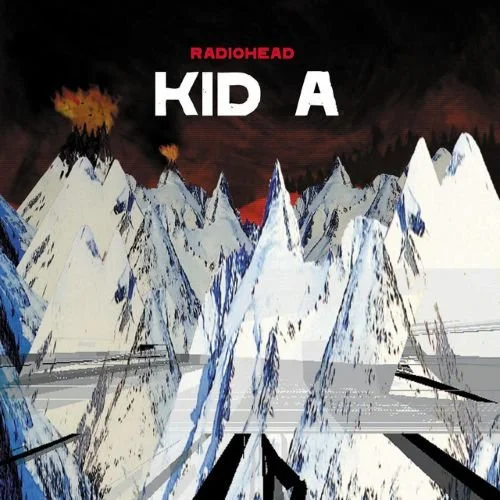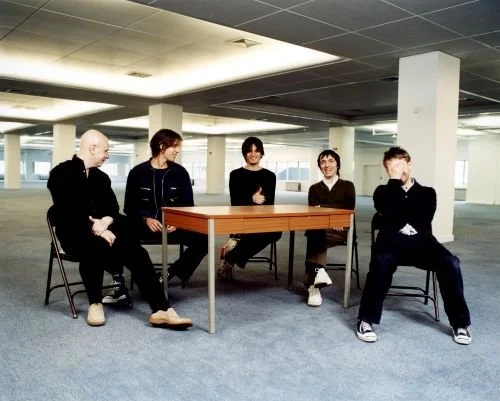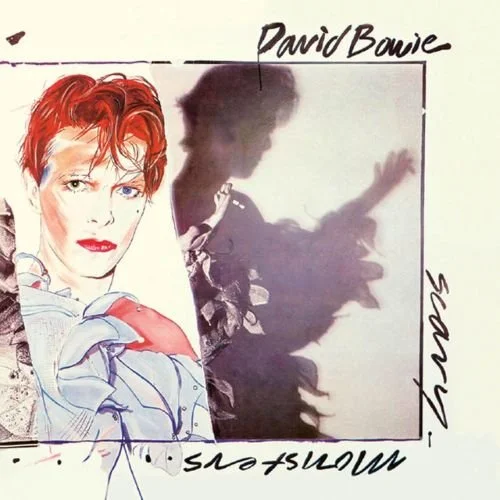FEATURE:
Kate Bush: Something Like a Song
IN THIS PHOTO: Kate Bush in 1978/PHOTO CREDIT: Brian Aris
Kashka from Baghdad (Lionheart)
__________
IN November…
Kate Bush’s second studio album, Lionheart, turns forty-seven. Following nine months after The Kick Inside, it was a rushed album in many ways. EMI determined to get a follow-up to a very successful debut. Bush was not able to write many new songs. Only three, in fact. Kashka from Baghdad is one that she pulled from her archives. Perhaps primed for The Kick Inside, it was not included for some reason. When it came to a second studio album, Bush did have to consider songs that might not have fitted with The Kick Inside. Not released as a single but undoubtably a highlight of the album, I last wrote about the song in 2022. Focusing on it as a deep cut, it is from an underrated album. Consider the ten tracks on Lionheart and the streaming numbers. Every track has been streamed over a million times but, considering how this is Kate Bush and she is a major artist, one would hope the tracks would be listened to more. Even though Wow (the album’s second single) has been streamed nearly ten millions times, Kashka from Baghdad is hovering under one-and-half million. It has not been featured on a T.V. show or film soundtrack. It did get exposure in 1979 when Kate Bush performed it as part of The Tour of Life. It was performed live for Michael Aspel in 1978, though it has not been discussed much in the modern age.
Kashka from Baghdad dates back to 1976. Amazing to think that Kate Bush wrote this song when she was eighteen (or possibly seventeen). No artist her age was writing songs like this! The documentary I have included above is around Kate Bush’s The Tour of Life. There is a short section where her brother, Paddy Bush, is interviewed and stands over an instrument. That is a strumento da porco. He plays it on Kashka from Baghdad. It adds something unusual and exciting to the song. Giving it an extra sense of spice and the exotic. I love how this song was performed for Ask Aspel. Kate Bush originally wanted to perform In the Warm Room, though the show’s producers felt it was perhaps too risqué or sexual. Instead, they gave the green light to a song about two homosexual lovers. Before moving along, the Kate Bush Encyclopedia have some interview archive where Bush spoke about the inspiration behind Kashka from Baghdad:
“That actually came from a very strange American Detective series that I caught a couple of years ago, and there was a musical theme that they kept putting in. And they had an old house, in this particular thing, and it was just a very moody, pretty awful serious thing. And it just inspired the idea of this old house somewhere in Canada or America with two people in it that no-one knew anything about. And being a sorta small town, everybody wanted to know what everybody what else was up to. And these particular people in this house had a very private thing happening.
Personal Call, BBC Radio 1, 1979”.
I am going to come to a great feature from Dreams of Orgonon that I referenced back in 2022 when writing about Kashka from Baghdad. One that warrants repetition. It is interesting how Kashka from Baghdad fits alongside more sexual songs on Lionheart such as In the Warm Room and Symphony in Blue. A fair few of the songs on The Kick Inside had a similar mood and feel (Oh to Be in Love, L’Amour Looks Something Like You, Feel It etc.). In some interviews from 1978, there were mentions to Kashka from Baghdad. It is included in this chat Kate Bush had with Harry Doherty for Melody Maker in November 1978:
“Musically, the tracks on Lionheart are more carefully structured than before. There is, for instance, a distinct absence of straight songs, like the first album's Moving, Saxophone Song, The Man With the Child in His Eyes and The Kick Inside . Here, only Oh England, My Lionheart makes an immediate impression and I'm not sure that the move away from soft ballads (be it to secure a separate image) is such a wise one. As Bush proved on those songs on The Kick Inside, simplicity can also have its own sources of complication.
There is much about this album that is therapeutic, and often Kate Bush is the subject of her own course. Fullhouse is the most blatant example of that. <There is no evidence that this song is autobiographical.> On of the album's three unspectacular tracks musically (along with, in my opinion, In the Warm Room and Kashka From Baghdad ), it is still lyrically a fine example of ridding the brain of dangerous paranoias. The stabbing verse of "Imagination sets in,/Then all the voices begin,/Telling you things that aren't happening/(But the nig and they nag, 'til they're under your skin)" is set against the soothing chorus: "You've really got to/Remember yourself,/You've got a fullhouse in your head tonight,/Remember yourself,/Stand back and see emotion getting you uptight."
Even Fullhouse is mild, though, when compared to tracks like Symphony in Blue, In the Warm Room and Kashka From Baghdad, which exude an unashamed sensuality. Symphony in Blue, the opening track, is a hypnotic ballad with the same sort of explicit sexual uninhibitiveness as Feel It from the first album. "The more I think about sex,/The better it gets,/Here we have a purpose in life,/Good for the blood circulation,/Good for releasing the tension./The root of our reincarnation," sings Kate happily”.
No doubt Kate Bush was keen to explore so many different types of love and relationships through her music. I am interested what Dreams of Orgonon observe about the song. Kate Bush’s relationship with queerness and queer fandom is huge. She has inspired the L.G.B.T.Q.I.A.+ community and influenced queer artists like St. Vincent. Quite a few of her songs are queer friendly. Very few deal directly with homosexual relationships. Whilst it was a positive step and commendable, in terms of race relationships and representation, is the track misjudged or problematic? This article explores those questions:
“Kashka from Baghdad” thus articulates a certain type of sexual desire. It expresses a desire for a threesome. The disjointed chorus is a wail of barely suppressed lust. “I long to be with them.” The demo makes it clear some shame comes with these feelings: “what would I do if I were seen?/what would I do if they knew my feelings?” So the slash has another player, distant from the action and narrating it from an outside position. This makes explicit the song’s voyeurism (“I watch their shadows/tall and slim in the window opposite”). Kashka and his lover are spied on. They’re desirable because they present some Other path to ecstasy (a four-word concept that explains every fetish in Bush songs).
There are major issues with this. Bush is a heterosexual woman who doesn’t do a stellar job of checking her privilege at the best of times. “Kashka” is no exception. The problem with Bush’s particular brand of slash fiction is that heterosexual pleasure is the altar on which gay acceptance is sacrificed. Kashka can only self-actualize by surrendering his homosexuality to heterosexual consumption.
Homosexuality is a spectre that haunts the song. It’s never allowed to appear onstage. It’s hearsay or it’s a shadow on the wall, something nobody in the song sees up close (“old friends never call there/some wonder if life’s inside at all”). It’s the stuff of gossip and its pleasure comes from its illicitness. Bush clearly has no problem with the illicit. In fact, she clearly considers it a good thing. But she still falls into the trap of speaking of it in hushed tones, something naughty that must be kept behind closed doors rather than pushed into the light.
This makes her treatment of Kashka’s gay life as a matter of secrecy distressing. The polite heterosexual audience needs its eyes shielded from the gay sex it’s teased with. Yes, remaining in the closet is a safety measure for many if not most gay people. But it takes a severe toll on one’s mental health. In “Kashka” the closet is a place where great, magical events happen (“at night they’re seen laughing”). The difficulties of closeted life don’t enter the equation. Bush reduces Kashka and his partner to an instrument of pleasure and titillation.
There’s a certain half-bakedness to the song as well. It awkwardly traverses through D minor and D major before exploding into the chorus in F major. “Kashka” sounds ill at ease, as if its singer is almost afraid to sing it. But indeed she sings it as if it’s naughty. And, well, yes, songs about gay sex are naughty.
One suspects this is why Bush decided to perform it on children’s television. The sheer gall of performing “Kashka from Baghdad” on a program for children like Ask Aspel is awe-inspiring and probably the best thing about the song. And the cherry on top is that Bush chose it as a replacement for “In the Warm Room,” a staunchly heterosexual track with lyrics like “her thighs are soft as marshmallows.”
There’s some courage in “Kashka.” But for the most part it’s Bush striking for gay representation and mostly landing on gay objectification. Kashka and his lover aren’t properly given the song. Why do they never go for walks? Because Bush gentrified the road.
Demoed in 1976. Recorded between July and September of 1978 at Super Bear Studios in Berres-les-Alpes, France. Personnel: Kate Bush — vocals, piano. Charlie Morgan — drums. Del Palmer — bass. Harmonies, stramento da porco, mandocello, and panpipes — Paddy Bush. Andrew Powell — joanna strumentum, production. Stuart Elliot — percussion”.
It is important to discuss the lyrics and themes explored through Kashka from Baghdad. That idea that the song could have been about gay representation and something that stood out in 1978. At a time when there were very few songs that were talking positively and proudly about gay relationships. However, I think that it is a very important track where Bush was not trying to objectify or gentrify. Instead, as a teenager, perhaps she did not have the experience and vocabulary to write a song that took a different angle. I don’t think Bush was being titillating and childish. The fact that we are discussing and dissecting this song forty-seven years after it was first heard shows that it is very important. In terms of its composition and vocal performance, I think it is one of Kate Bush’s best from her first two albums. There is this sense of desire and forbidden love (“I watch their shadows/Tall and slim/In the window opposite/I long to be with them”) and taboo (“Kashka from Baghdad/Lives in sin, they say/With another man”). Some beautiful instrumentation. Paddy Bush on strumento da porco, mandocello and panpipes; Andrew Powell (who produced Lionheart with assistance from Kate Bush) on joanna strumentum. Some wonderful bass from Del Palmer. Charlie Morgan and Stuart Elliott on percussion. Kate Bush on piano. I really love Kashka from Baghdad and feel that it is an important song that, whilst perhaps a little naïve or problematic in places, is fascinating and important to discuss. A gem from 1978’s Lionheart that people…
NEED to listen to more.





